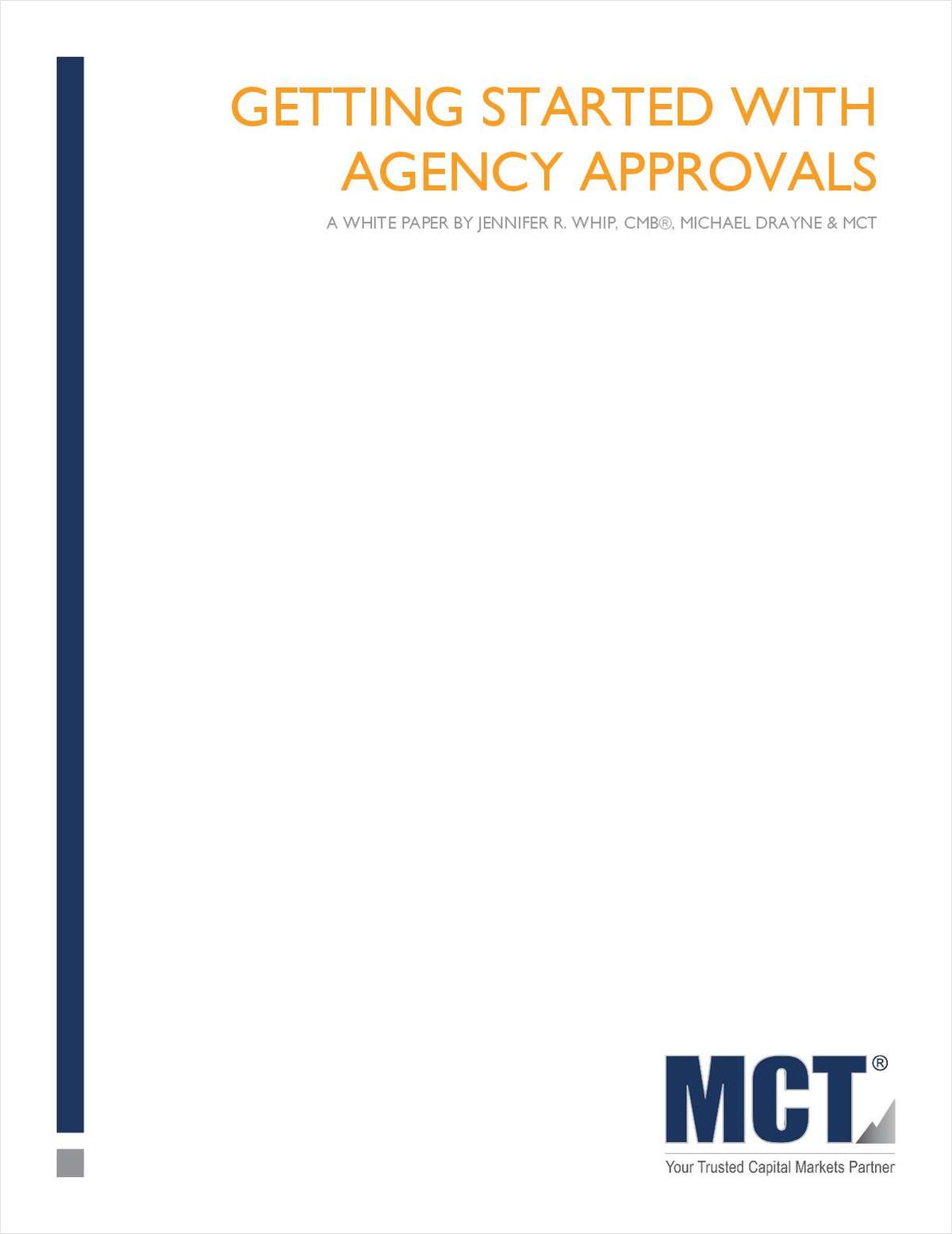 The irresistible forces that would drive credit unionconsolidation are often thwarted by the immovable object ofself-preservation. This paradox may be the No. 1 strategic issuefor most growth-minded credit unions that recognize the need forscale.
The irresistible forces that would drive credit unionconsolidation are often thwarted by the immovable object ofself-preservation. This paradox may be the No. 1 strategic issuefor most growth-minded credit unions that recognize the need forscale.
Credit unions of all sizes that lack accountability andmotivation often live off the capital built over years of memberloyalty, even though those members would benefit, through betterrates and enhanced services, from a combination with a strongercredit union. Absent the growth and greater efficiencies resultingfrom merger activity, top performing credit unions are vulnerableto seeing their competitiveness deteriorate as banks add scalethrough both organic growth and consolidation.
|The fact that capital is allowed to erode at some credit unions,while top performers seek access to additional capital, is a realirony. No one benefits from this irony, including potentialacquisition targets whose best bargaining position comes fromelevated capital levels.
|Capital has become a key obstacle to merger activity. Since2009, mergers of cooperatives have required purchase accounting.With the (proposed) subtraction of goodwill from risk-basedcapital, acquisition-minded credit unions have moved supplementalcapital to the top of their legislative wish list. But are creditunions asking for the capital that counts?
|Meanwhile, the capital rule plods toward a final solution.
|Capital Quandary Exposes Different Credit UnionEvolutions
|In the March 3, 2014 issue of CU Times, wereacted to the NCUA's original proposal on risk-based capital,RBC1, by writing: “The proposed changes to credit union capitalrequirements illustrate the difficulty the NCUA faces in writingregulation and administering the prudential supervision ofapproximately 6,700 vastly different financial institutions.”
|The RBC debate continues to demonstrate the division ofinterests within the industry. While the vast majority of creditunions with whom we speak are pleased with the revised rule, otherslong for another tidal wave of dissenting comments and questionboth the need for a risk-based rule and the legal authority of NCUAto promulgate a “two-tiered system.” Some call for Congress tointervene and revamp the credit union capital rules.
|The second risk-based capital proposal, RBC2, is a significantdeparture (and improvement) from RBC1 and very similar to the bankversion, continuing a trend toward standardizing bank and creditunion regulation, especially for those with assets greater than$250 million (including NCUA's proposal to calculate insurancepremiums matching FDIC's system). Compared to bank regulations,RBC2 is kinder on consumer loans and the allowance for loan andlease losses, but punitive for mortgage balances greater than 35%of assets.
|The capital quandary mirrors the NCUA regulatory quandary.Supervising such a disparate group is fraught with challenges. Asan example, NCUA recently introduced five regulations, each with adifferent focus based mostly on (various) asset sizes: The officeof small credit unions (<$50M); the office of nationalexamination and supervision (>$10B); the proposed RBC (now>$100M); the liquidity and hedging rules (>$250M); and theadditional 1,000+ low-income designation (LID) credit unions. TheLID is essentially a distinct charter within a charter giving theLID credit unions access to supplemental capital, no memberbusiness lending cap and the ability to accept non-memberdeposits.
|How and why does an industry representing approximately 7% ofU.S. deposits require and manage such distinctly differentsupervisory groups?
|NCUA Announces Intent to Modernize CURegulation
|Many successful non-LID credit unions want access to capital andwonder why they can't have it.
|NCUA, in public comments, has stated a desire to introduce thisoption as part of a modernization effort. All three board membersappear aligned. Board Member McWatters stated, “I encourage NCUA toundertake true regulatory relief, including, incorporatingsupplemental (secondary) capital into the final risk-based capitalrule, and modernizing the antiquated member business lendingregulations … a review of its field-of-membership (FOM) regulationsthat needlessly restrict the ability of credit unions to serveconsumers.”
|Access to supplemental capital raises some important questionsthat we have been asked to discuss with large credit unions.Questions include, but are not limited to:
- Credit unions continue to lobby for debt capital assuming itwill count for tier 1, which defies the overall trend. Tier 1capital for banks (US and globally) is restricted to retainedearnings and equity (stock). Should credit unions be confident thatdebt capital will be treated as tier 1 both now and long term?
- What is the cost of debt capital for banks and what wouldcredit unions expect to pay?
- What experience does the credit union industry have withsupplemental capital and what will the capital be used for?
- Are there any unique disclosure requirements or investorquestions to answer for credit unions issuing capital?
- While many credit unions understandably desire access tocapital, will such modernization simplify or further complicatesupervision?
- What are the advantages, disadvantages and covenants of thevarious forms of capital?
Sandler O'Neill + Partners, L.P. has been the top adviser tobanks raising capital over the past 10 years and has been asked tofacilitate the “capital discussion” with many large credit unionsand their boards. The discussion includes perspective onall of the above questions. For example, our research indicatesthat a majority of the debt issued last year by banks or theirholding companies carried a coupon (cost to the bank) ranging from5%-8% for a typical term of 7-10 years. This compares to a 4.74%earning asset yield for CUs in the $1 billion-plus asset group.Almost all of these banks are public companies (meaning they'resupervised by the SEC in addition to multiple bank regulators) andrated by a nationally-recognized rating agency. Also, the vastmajority of the capital raises were to support mergers where thecost of debt can be leveraged into a larger asset base. The averageasset size of a merged credit union over the past 10 years rangesfrom $8 million to $36 million.
|Access to capital and the elimination of restrictions to bothFOM and small business lending follows the evolution of largercredit unions and is an overdue public discussion. Many of thesecredit unions are well managed with a proven track record ofprudent growth. Accommodating the better performers makes moresense than continuing to hold them back with regulations andsupervision geared to those that have not and are notevolving.
|Peter Duffy is the managing director with Sandler O'Neill& Partners LP. He can be reached at 646-427-1490or [email protected].
Complete your profile to continue reading and get FREE access to CUTimes.com, part of your ALM digital membership.
Your access to unlimited CUTimes.com content isn’t changing.
Once you are an ALM digital member, you’ll receive:
- Critical CUTimes.com information including comprehensive product and service provider listings via the Marketplace Directory, CU Careers, resources from industry leaders, webcasts, and breaking news, analysis and more with our informative Newsletters.
- Exclusive discounts on ALM and CU Times events.
- Access to other award-winning ALM websites including Law.com and GlobeSt.com.
Already have an account? Sign In
© 2024 ALM Global, LLC, All Rights Reserved. Request academic re-use from www.copyright.com. All other uses, submit a request to [email protected]. For more information visit Asset & Logo Licensing.









